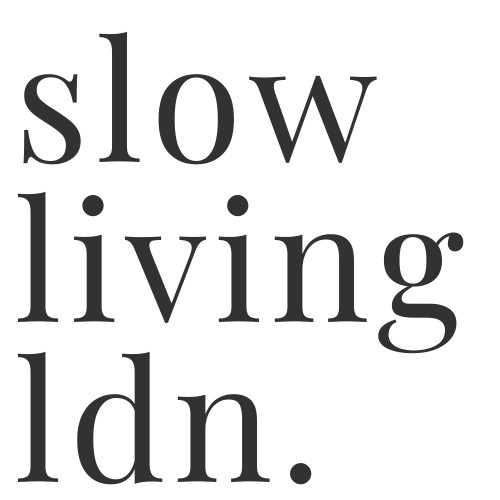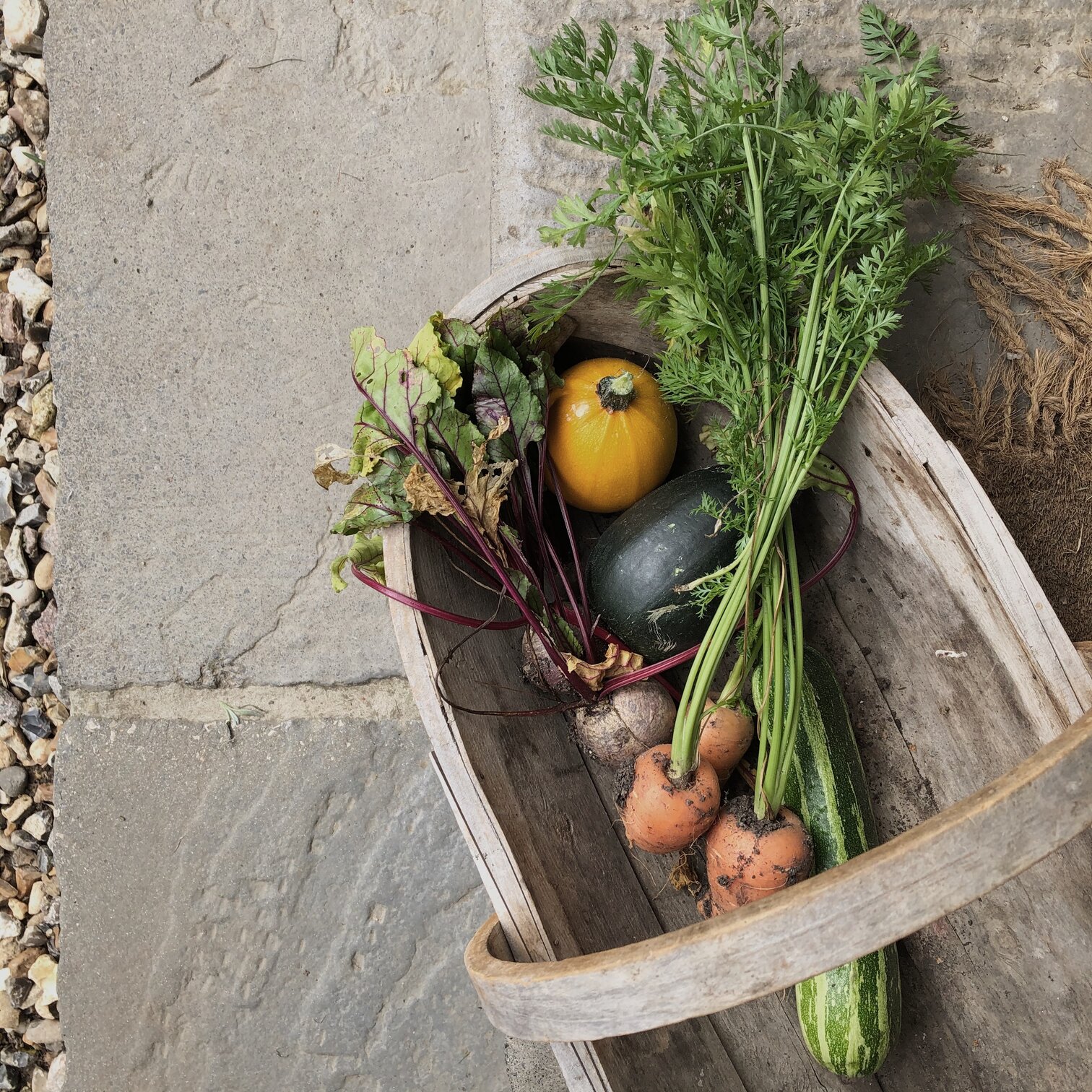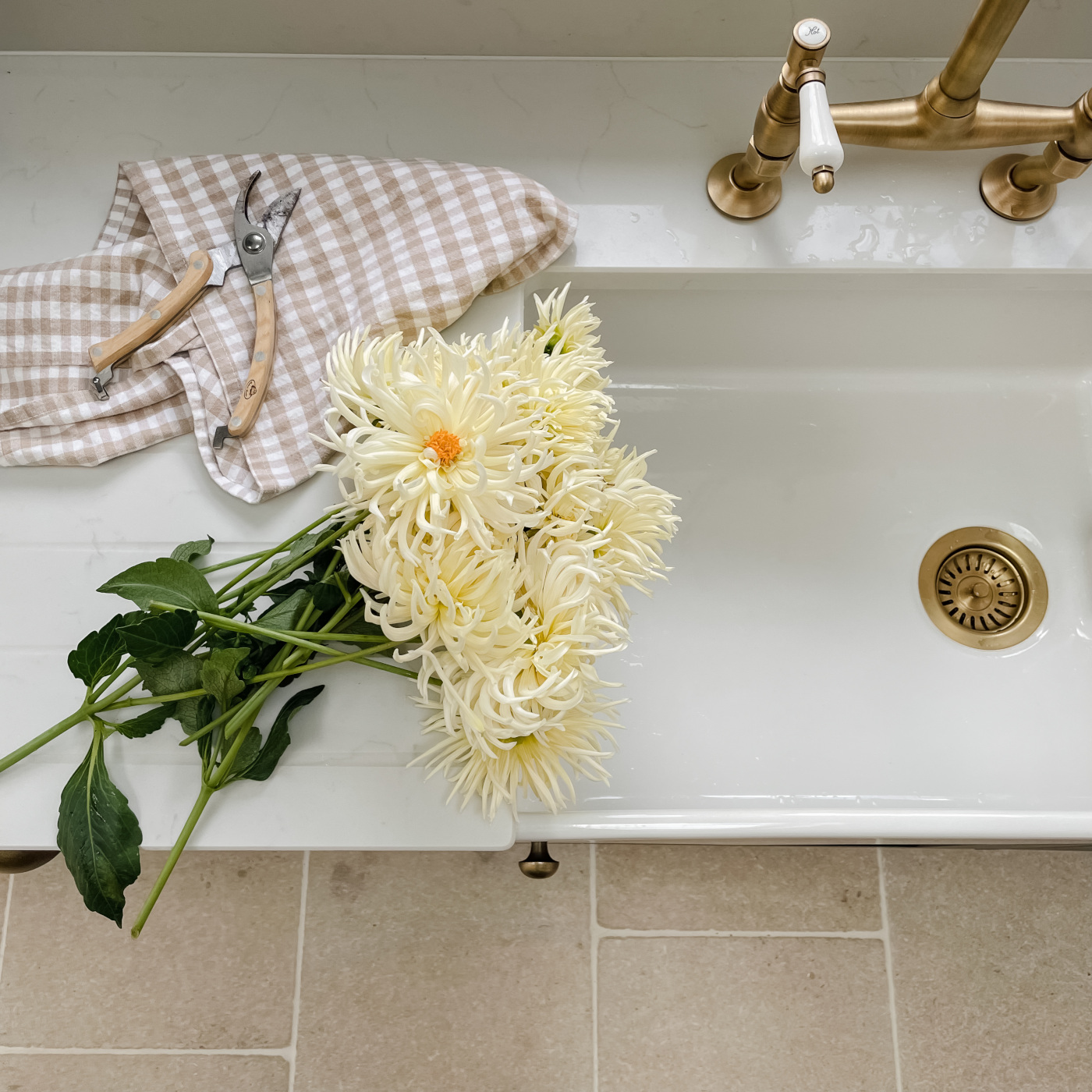You have no items in your cart. Want to get some nice things?
Go shopping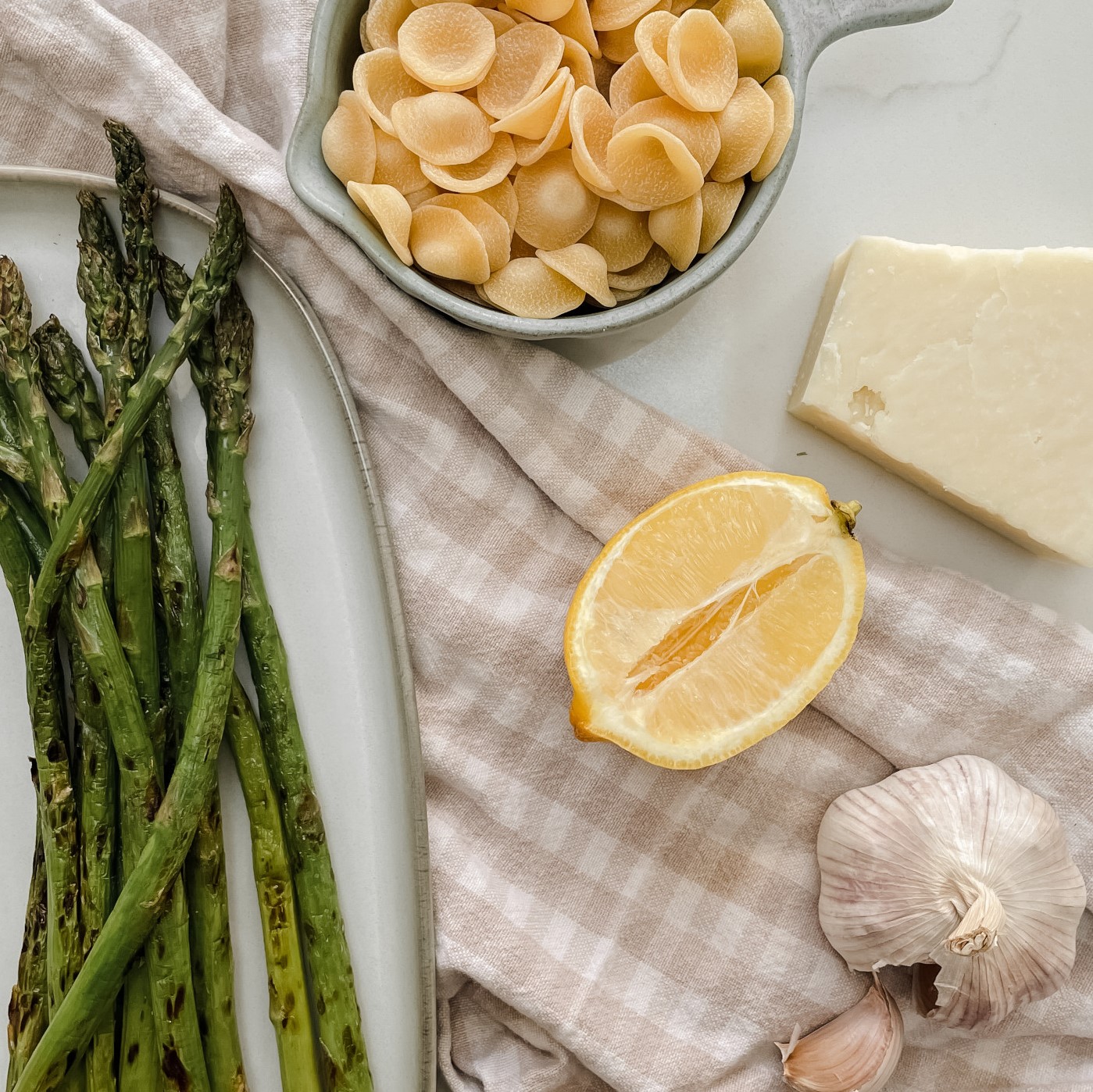
Asparagus is a true slow food. It can take up to three years for the first crop after planting, which is one of the reasons it also tends to be fairly expensive. A lot of time and effort goes into producing these tender spears, a little like traditional forced rhubarb. For growing at home, nurseries will typically sell crowns, or the one-year-old root system of asparagus, to give gardeners a head-start.
Asparagus is typically in season for around eight weeks. Due to weather conditions, the start and end of the season may change slightly from year to year, but UK asparagus season is usually considered to run from 23rd April (St George’s Day) to 21st June (Summer Solstice).
Why is the asparagus season so short?
‘It’s essential not to over-crop asparagus’, Carol Klein explains in her book Grow Your Own Veg. Why? Over-cropping asparagus can dramatically reduce future yields – asparagus spears grow quickly and use a huge amount of energy which can only be sustained for a short period. And after up to three years of waiting for your first crop, you certainly want future years to remain bountiful! One plant can last up to twenty years.
While the cropping period is short, every spear is harvested during this time to encourage dormant buds in the crown to grow. Asparagus spears are harvested when they are around 20cm tall and are cut just below the soil level. Any spears which appear after Midsummer’s Day, the Summer Solstice, are left to grow into ferns. The plant rests after the season and uses its leaves to soak up energy from the sun. This energy is stored in the crown until the following season. As a result, the number of spears produced in spring depends on how sunny the summer was after the previous growing season.
Where is asparagus grown in the UK?
The British Asparagus Association shares asparagus suppliers and producers by county, with plenty operating across areas like Norfolk and Kent. The Vale of Evesham, Worcestershire is a particularly well-known spot for some of the UK’s best asparagus. The spears grown here boast protected food name and geographical status, indicating a high level of quality and tradition.
Embracing slow food is all about understanding, celebrating and protecting our local food heritage. When it comes to asparagus, you can celebrate this special seasonal ingredient by supporting the Vale of Evesham’s British Asparagus Festival (23rd April – 21st June), or the 2.8 mile Formby asparagus walking trail which opened in 2015. Formby, near Liverpool, is an area that has cultivated British asparagus for over 200 years. The spears were once nationally renowned for their quality, and were grown amongst the sand dunes. According to Slow Food UK, at its peak, an area of 200 acres was cultivated to produce asparagus in Formby.
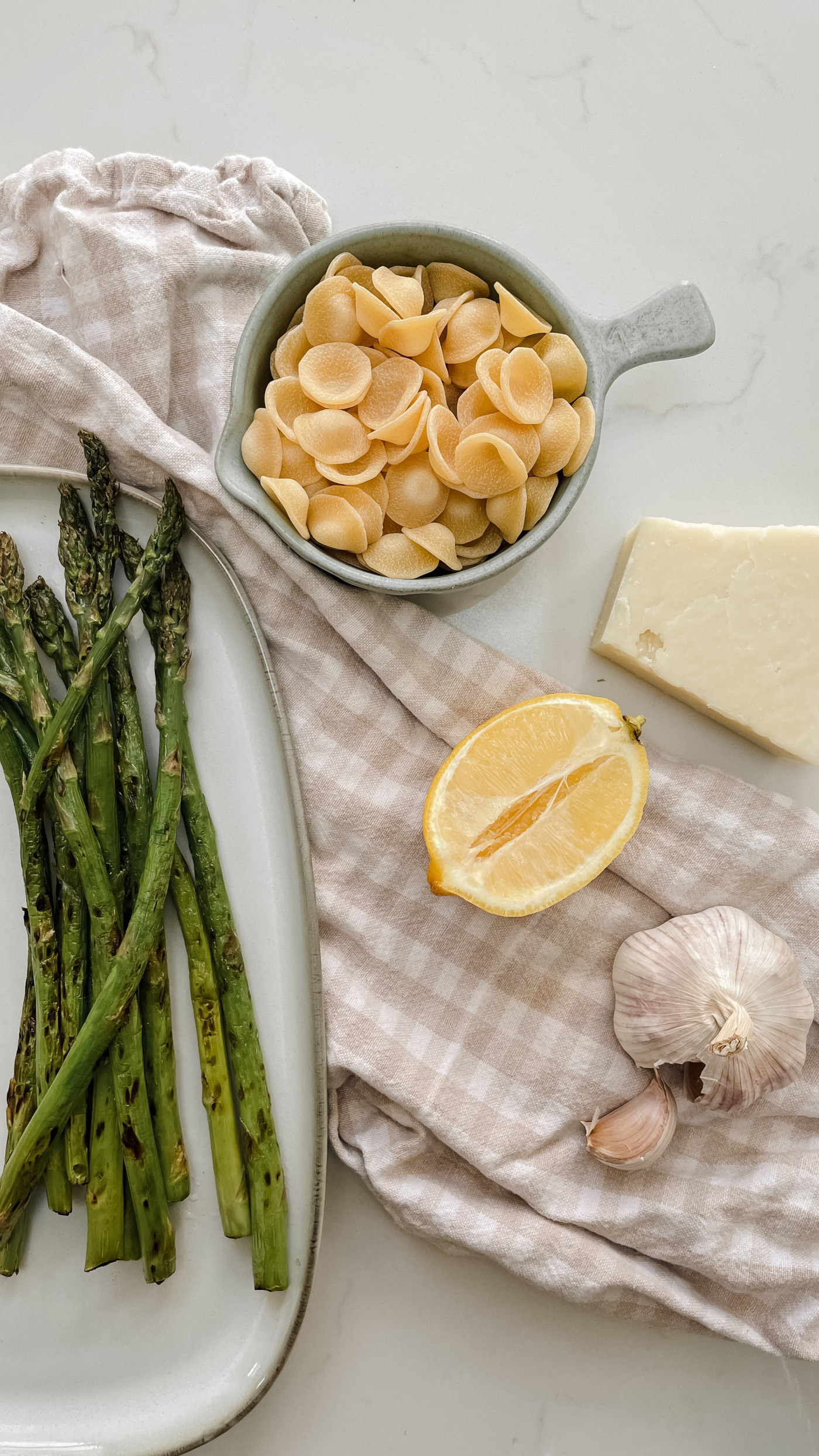
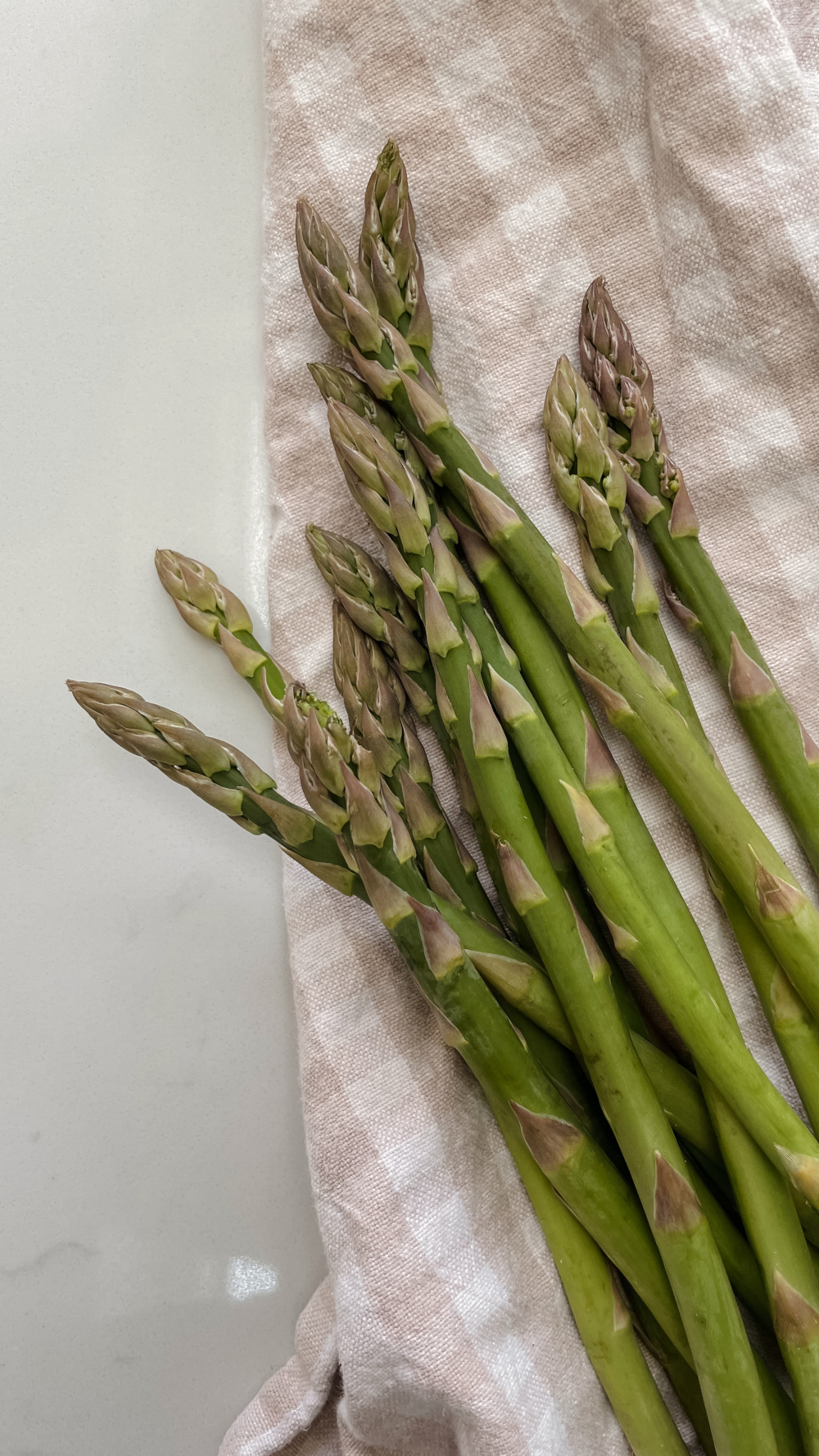
How to cook asparagus
The earliest asparagus shoots are named ‘sprue’ – these are often thin and the most tender. Later spears will be thicker, but will also have woody ends that need to be removed before cooking.
You can cook asparagus in a number of ways:
- Blanch – cook in boiling water for 1-2 minutes, plunge into a bowl of ice water until ready to use
- Steam – place in a steamer basket and cover, cook for 2-4 minutes
- Griddle – coat with a small amount of olive oil and griddle on a high heat for 1-2 minutes
- Roast – drizzle with olive oil and season, roast in the oven for around 12 minutes
Asparagus recipes
Asparagus is easily served with a little butter and salt and pepper. But in recipes, it pairs well with many types of cheese, including parmesan, goat’s cheese and a strong cheddar.
Read more
